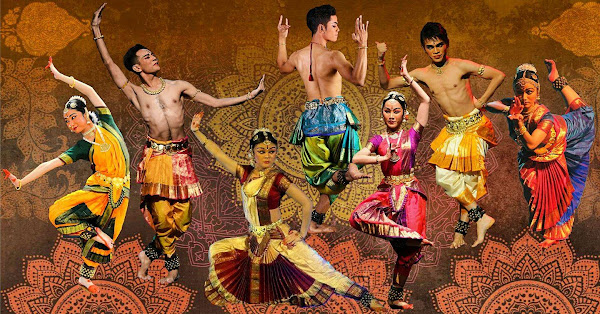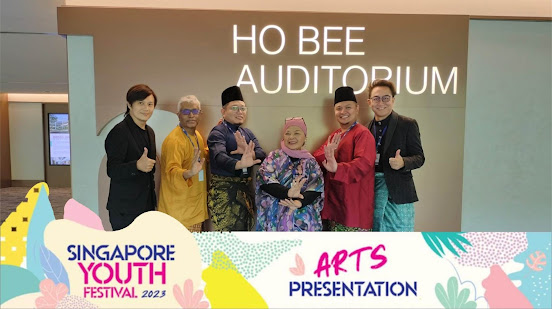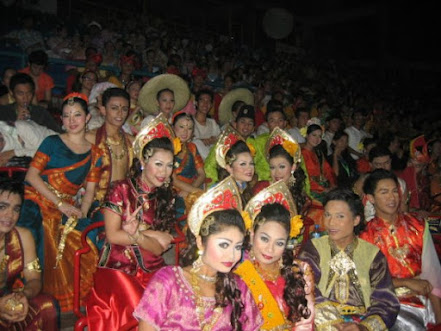Moving Bodies, Navigating Conflict: Practicing Bharata Natyam in Colombo, Sri Lanka by Ahalya Satkunaratnam - a book review

The book Moving Bodies, Navigating Conflict: Practicing Bharata Natyam in Colombo, Sri Lanka published by Wesleyan University Press in 2020 details the complex location and representation of Bharata Natyam, a classical dance form accepted to have emerged from the South Indian state of Tamil Nadu. The author, Ahalya Satkunaratnam is a professor of arts and humanities at Quest University Canada and a Bharata Natyam exponent with a diverse, multinational upbringing that is reflected in her approach to research and academia. Added to the lens of the postcolonial feminist scholar, this study on the practice of Bharata Natyam in Colombo, Sri Lanka is ground-breaking. She has researched and described in the most poetic, academic language, the intricacies that can be read into the practice of Bharata Natyam. What has made it even more fascinating, is that this foregrounds the civil war of Sri Lanka and the heightened religious and ethnic wars that have plagued the country. Satkunaratnam e...



